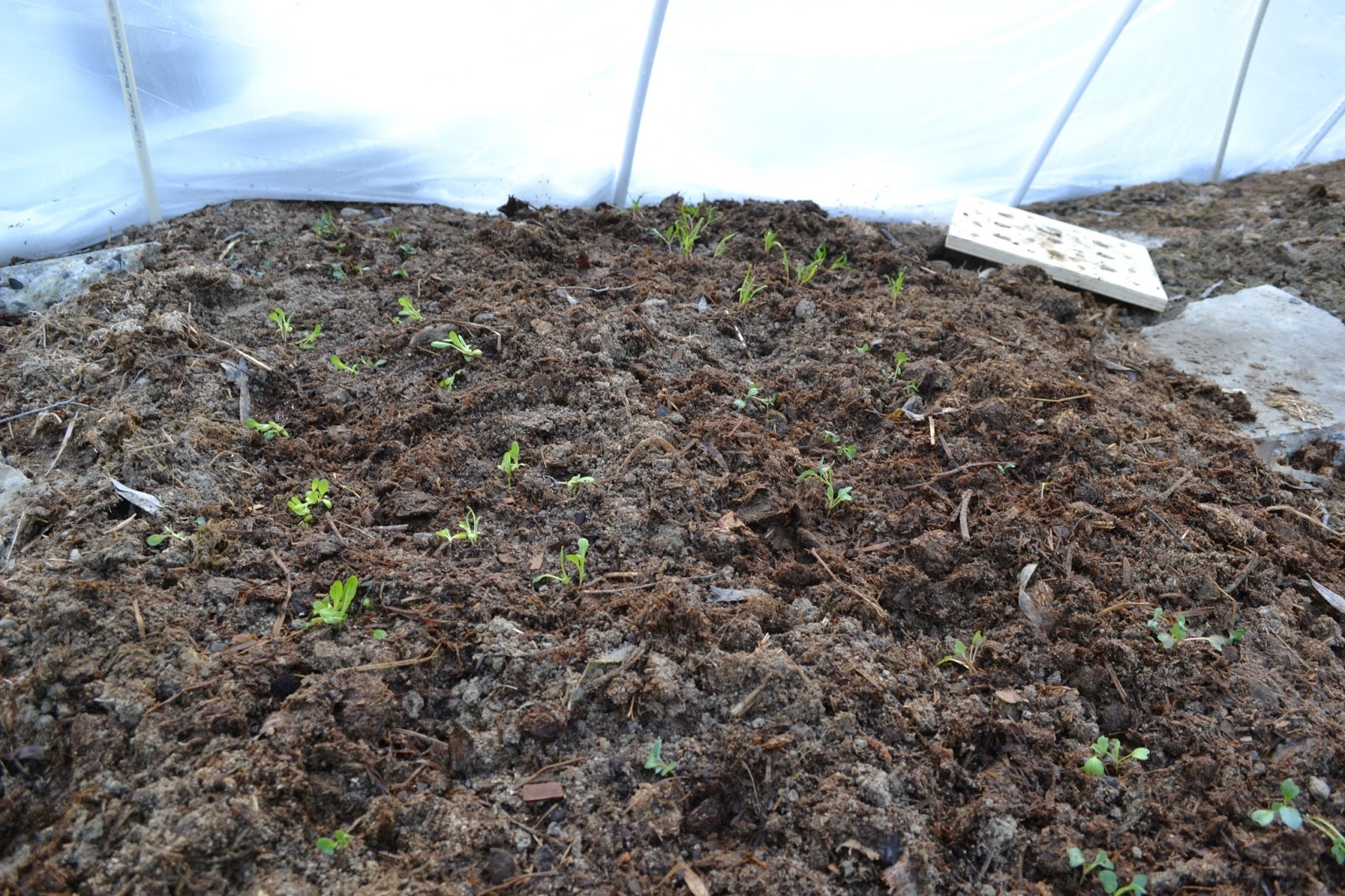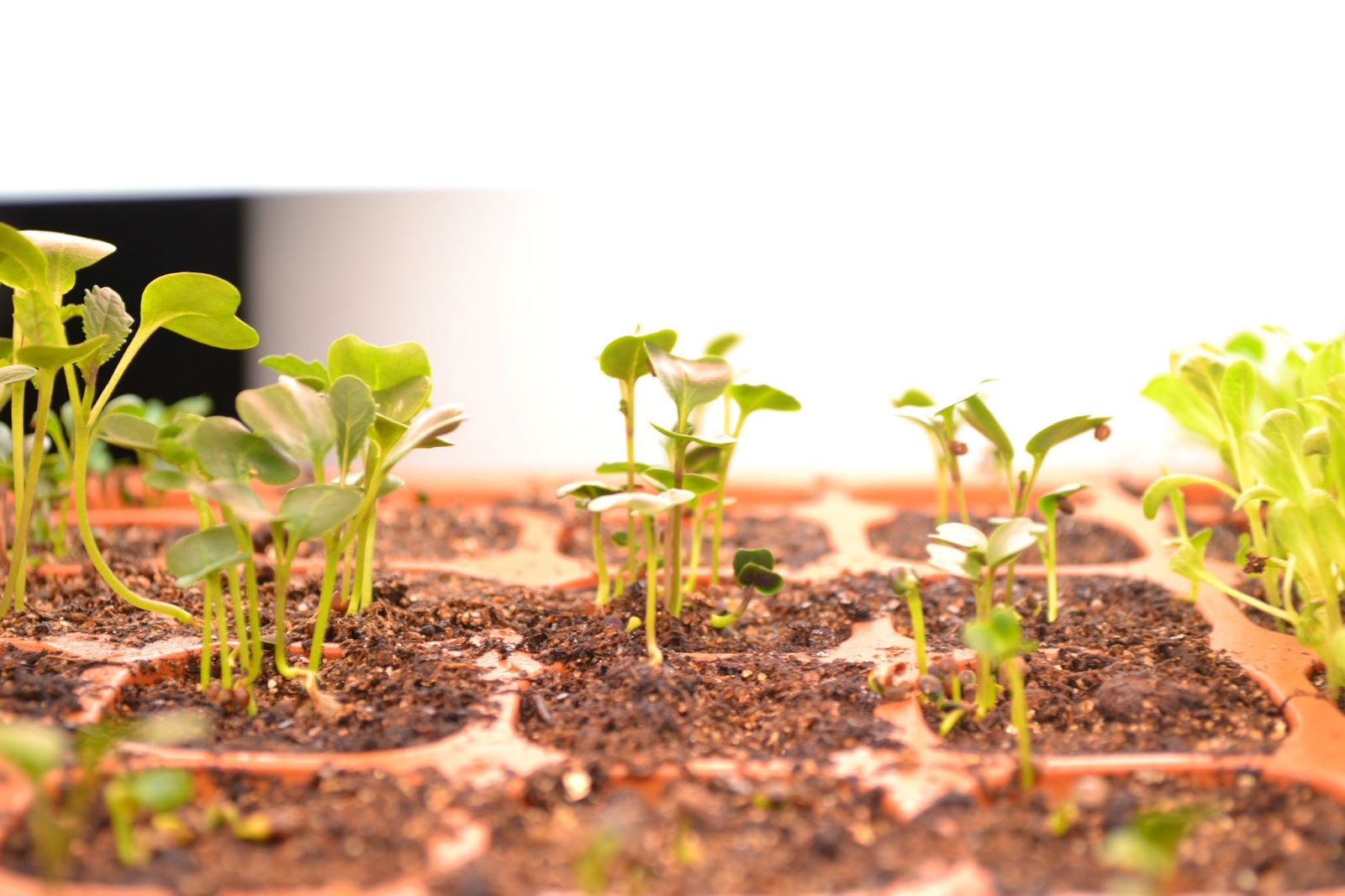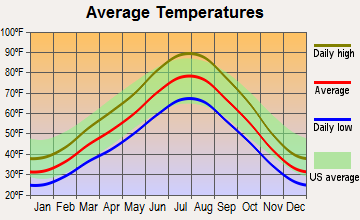As mentioned in the last post, my wife and I bought a new house, and it now has garden space! When I bought the house, there was an old garage. I have to apologize in advance that this is a tangent from gardening, but I will try to keep some garden information in here.
Because my home loan was FHA, I had to tear down my garage, which HUD considered a hazard.
Here is the garage from the side. It looked pretty rough and had a lean.
A subcontractor for
Archstone Group did a great job tearing down our garage. After tearing down the garage, he broke up the garage pad (foundation) and left the pieces in place. The concrete chunks averaged about 8 inches thick and about 2 feet by 2 feet in size. I broke the chunks up into smaller chunks with a large sledgehammer, then moved them out of the area of the old garage.
I built a fence across the driveway to enclose the backyard. Note the chunks of concrete in the background.
 |
| On the remaining pad, the contractor built a lifetime shed, to store garden utensils and bikes. |
 |
| The finished fence, with the shed hiding behind it. |
After removing all of the concrete block chunks, I piled them up in the corner of my yard. I then sifted the dirt under the old pad with a sifter made out of an old frame and chicken wire. I used the gravel I sifted out as the base for a path in the middle of my new garden. I made the path of concrete chunks. The job was made a lot easier by a couple wheelbarrow gifted to me by my friends, Brandon and Byron.
 |
The finished garden
I filled in the garden with horse manure from the Salt Lake City Carriage for Hire and tilled the manure with the sifted soil from under the pad. I borrowed the electric tiller from my good friend, Brit. I gave her one of my gifted wheelbarrows as a way of saying "thanks" for her help.
The middle path is edged with pavers that I found in on the side of the garage. The side paths are just chunks of foundation plunked down on top of the manure.
iI found an old piece of fence next to the garage that I converted into a trellis.
So far, I have already planted a ton of garlic and chives in the garden before winter hit. Hopefully, it will show up in the spring. |



































